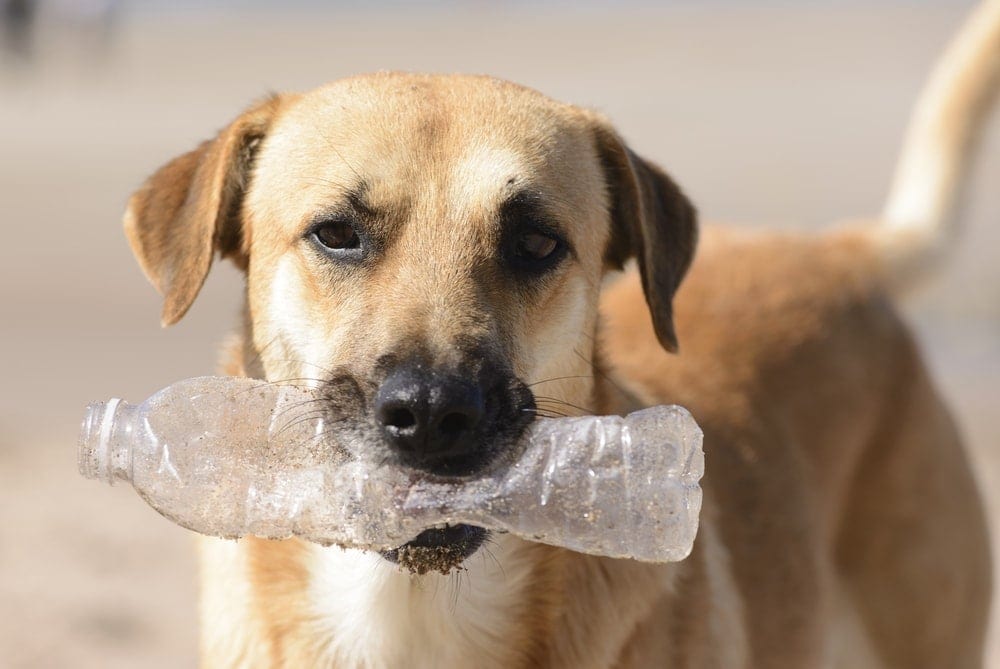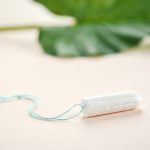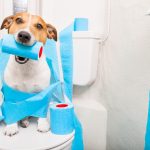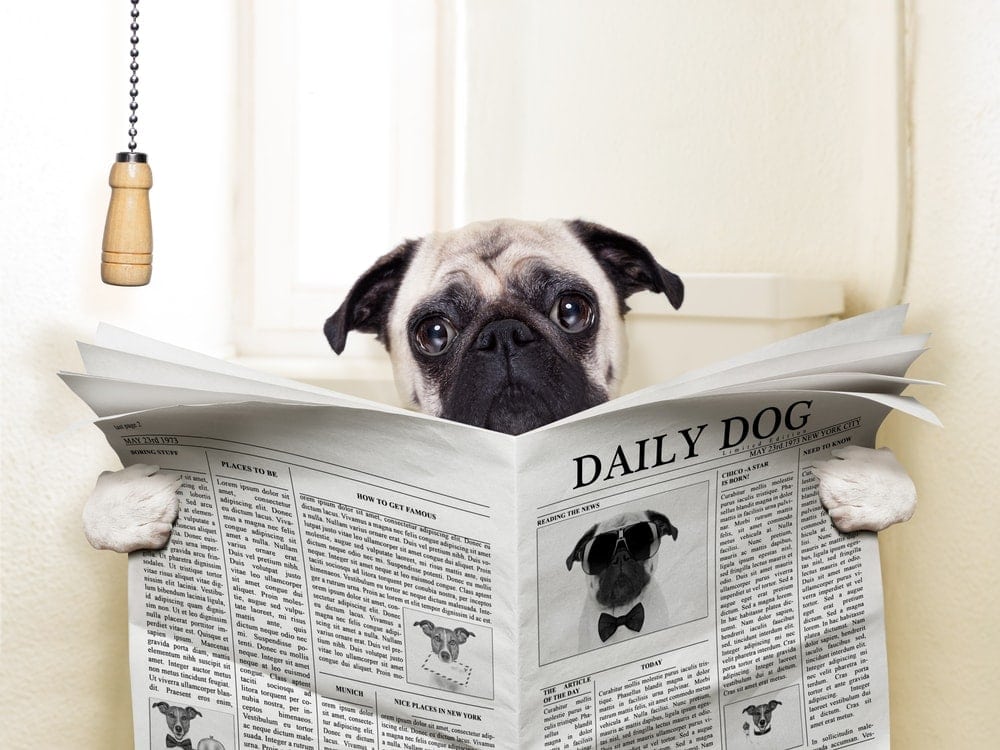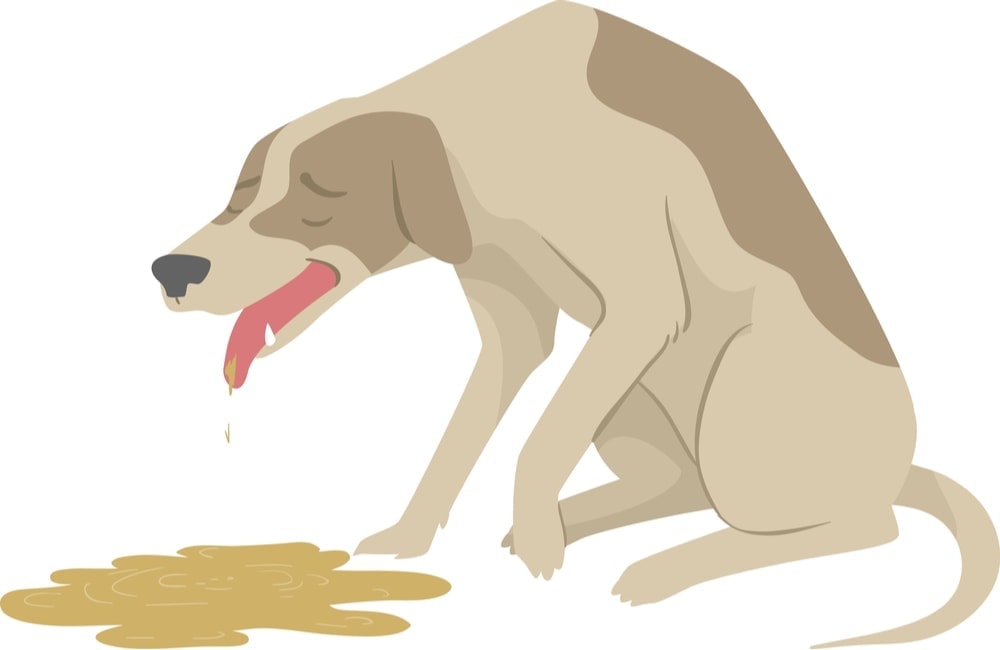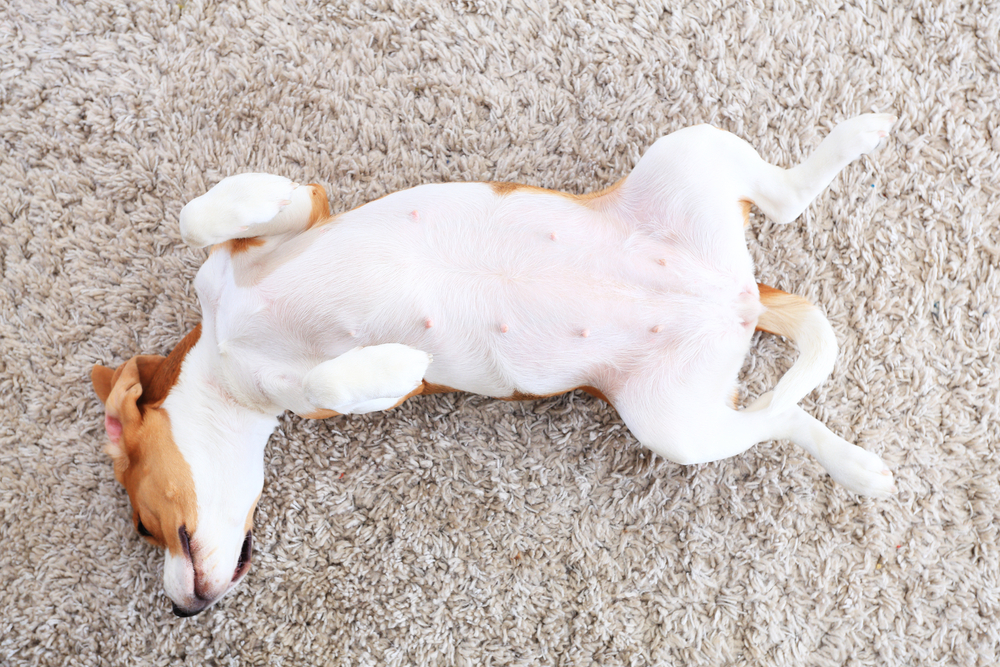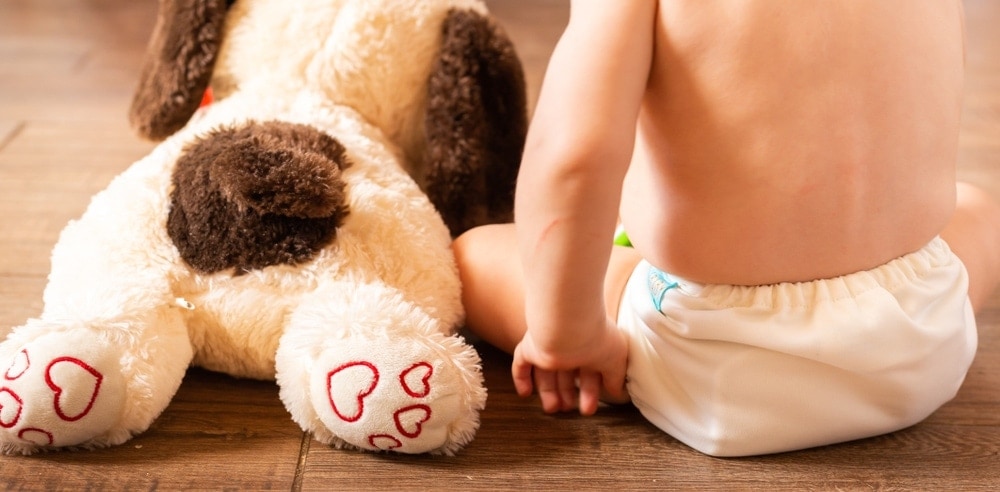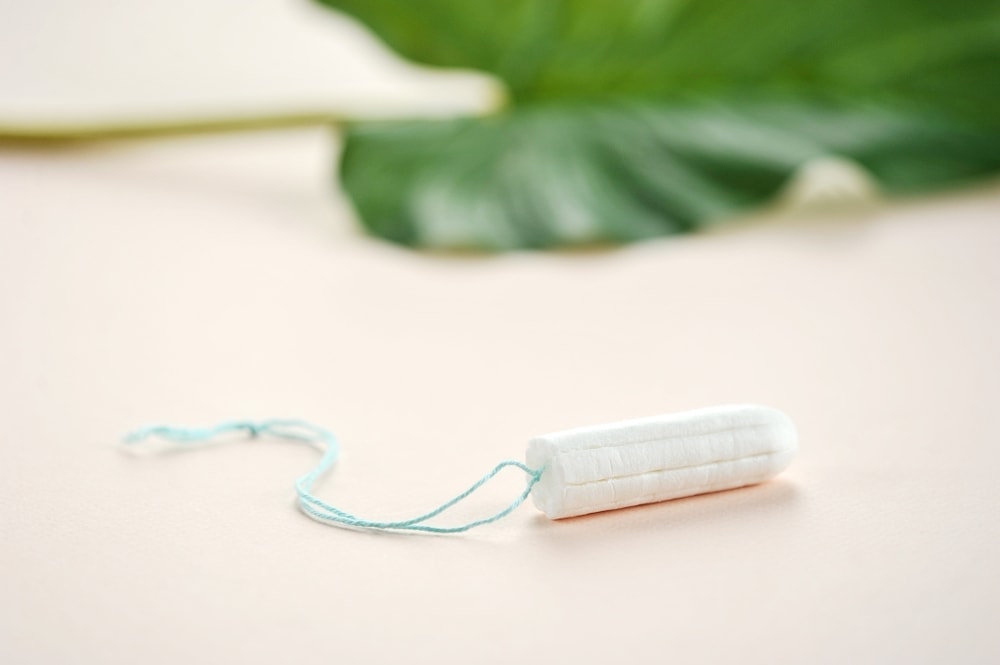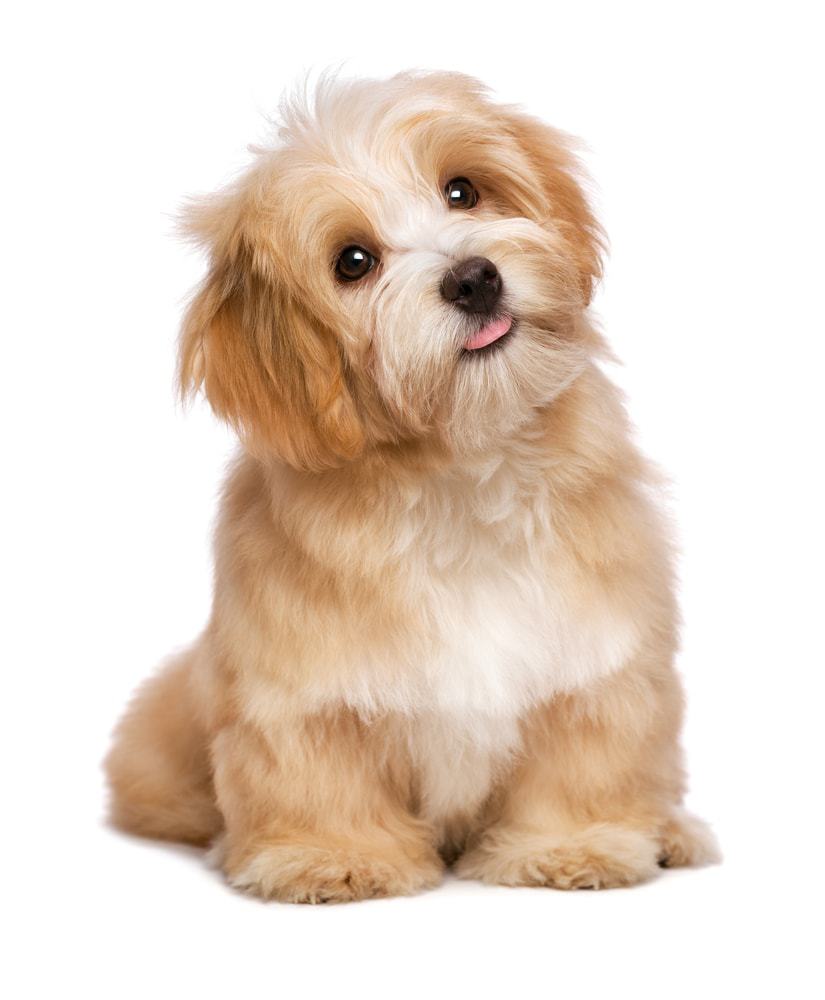Plastic and dogs don’t go well together at all.
If ingested, this material can actually cause your dog a lot of problems.
You need to know which steps to take in the event that this ever happens.
Why is Plastic so Dangerous for Dogs?
Dogs are incapable of digesting plastic normally, which is why it poses such a great threat to them if they eat it.
Intestinal Blockage
Depending on the size of the piece that your dog eats, it could cause an intestinal blockage. This poses a direct threat to your dog’s health and is often fatal without immediate treatment.
Toxic Effects
If your dog eats any plastic that was treated with certain chemicals, it could cause a toxic reaction. Unfortunately, it can be difficult to determine this in the moment.
Damage to Teeth
There is also a chance that your dog’s teeth could be damaged from eating the plastic. This is more common with smaller dogs that chew up on thick pieces of plastic. While it’s not necessarily a primary concern, it is something to consider.
Choking Hazard
One of the primary dangers of a dog eating plastic is that they could choke on it. Again, this is something that is much more of an issue with small breeds. Even a relatively small piece of plastic can obstruct your dog’s airway, preventing it from breathing properly.
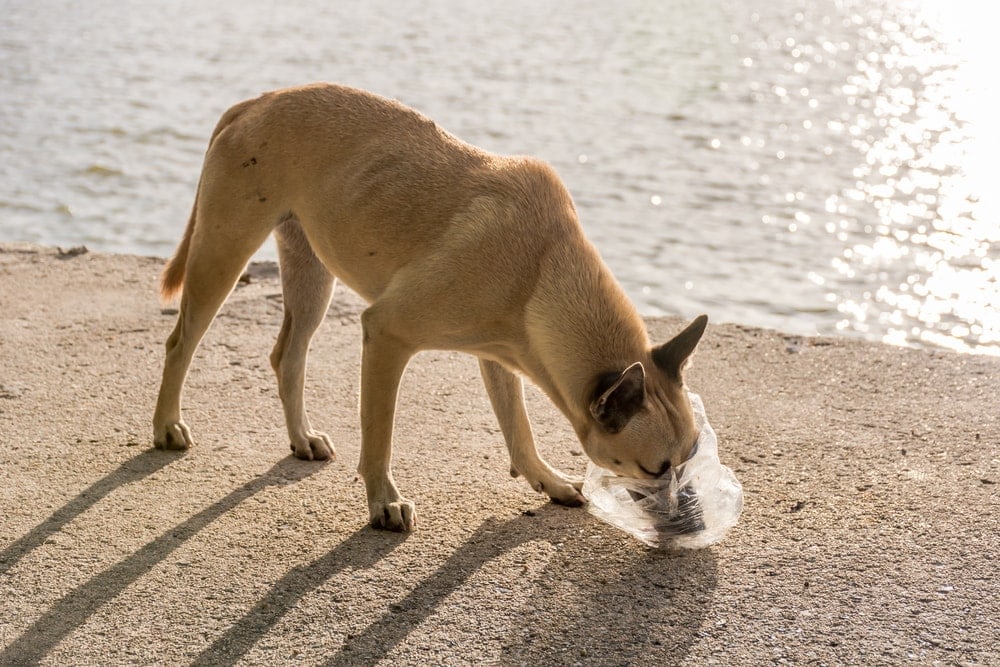
Common Reasons that Dogs Eat Plastic
There are a number of possible explanations for your dog eating plastic to consider.
Curiosity
It is very possible that your dog was simply curious about a shiny piece of plastic and decided to put it in its mouth. Unlike humans, dogs only have their mouths to explore the texture of the things around them.
Boredom
Sometimes a dog will start eating things around them out of sheer boredom, even if they know it isn’t food. If you believe this to be the case, it is important that you provide your dog with more stimulation on a regular basis. This means taking the time to play with them each day. You might also want to consider getting them a furry friend.
They are Hungry
Eating plastic could also mean that your dog is hungry. Make sure that you are giving them enough to eat with each meal. It is also important that you keep them on a regular feeding schedule. This can go a long way towards minimizing the likelihood of these types of incidents.
Normal Teething
If your dog is still in the puppy stage, it is possible that it accidentally swallowed some plastic while chewing on it. Dogs tend to put all sorts of things in their mouth when they are teething. This can be very frustrating for owners, but it just means that you have to keep a close eye on them until they get a bit older.
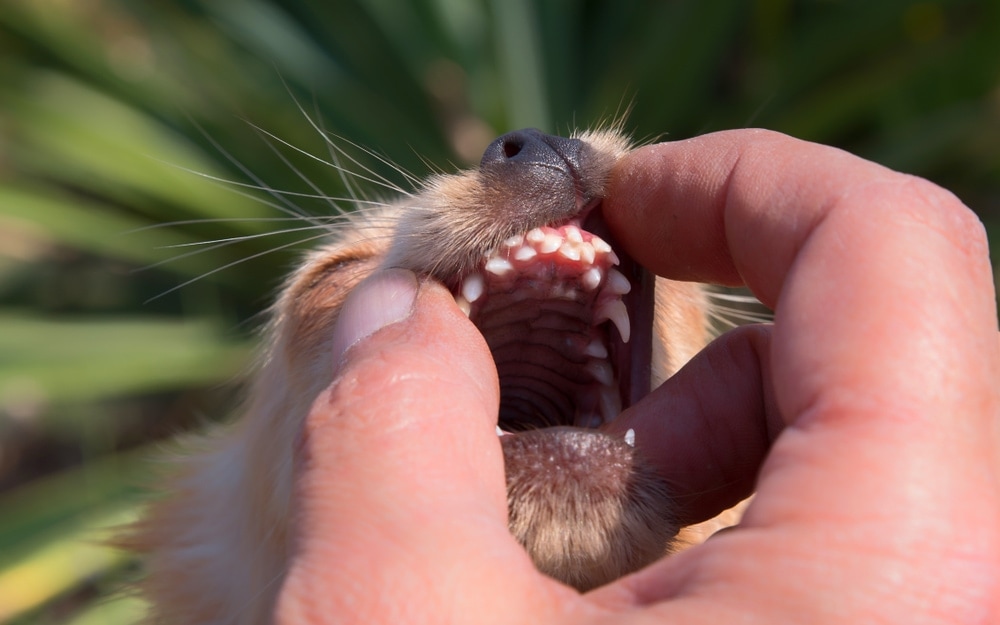
What to do when your Dog Eats Plastic
If you noticed that your dog ate any amount of plastic, there are a series of steps that you’ll need to take.
1. Look for Unusual Behavior
The first thing you need to do after your dog eats plastic is to look for any unusual behavior from your pet. This includes choking, gagging and coughing. If you notice your dog doing any of these things repeatedly, you should call your veterinarian. They will be able to make a recommendation as to what your next step should be.
Some of the other things to look for include:
- Lethargic behavior
- Panicking
- Persistent crying/whining
- Bloating of the stomach
- Diarrhea
- Persistent vomiting
Check Their Mouth
Regardless of how your dog seems to be doing in the moment, you should look inside their mouth for any pieces of plastic they may not have swallowed. This will keep the situation from getting even worse. Make sure that you take the plastic out their mouth right away.
Determine How Much Plastic They Consumes
You should also at least attempt to find out how much plastic your dog consumed. This will give you a better idea as to the severity of the situation. Most dogs can eat a tiny bit of plastic without any serious consequences. If you find out that your dog has eaten a lot of plastic at once, you should probably get in the car and head to the vet right away.
What to Expect at the Vet
If you decide to go to the veterinarian after your dog eats some plastic, you’ll want to know what to expect. The vet is going to perform an X-RAY and/or endoscopy to determine the location of the plastic. These tests will also reveal whether or not the material has caused any damage inside your dog’s body.
Depending on the current location of the plastic, the vet may recommend that you try to wait and let it pass naturally. This can take up to 24 hours, so you’ll need to keep that in mind. It will be important for you to keep a close eye on your dog throughout this period of time.
Conclusion
- The main reason that plastic is so dangerous for dogs to eat is because their body cannot properly digest the material.
- It is possible that your dog could choke on a piece of plastic, depending on the size of the material and the animal.
- The plastic that your dog ate could result in an intestinal blockage, which is very serious.
- There are lots of reasons that dogs eat plastic, such as sheer curiosity or boredom.
- Your dog might have eaten some plastic because it was hungry. Increasing their portions or giving treats between meals can prevent this.
- If your dog is still just a puppy, it is possible that they accidentally ate the plastic while chewing on it due to teething.
- You should take your dog to the vet right away if you notice any persistent vomiting, gagging, choking or difficulty breathing.
- If you take your dog to the vet, they will most likely perform an X-RAY or endoscopy.
